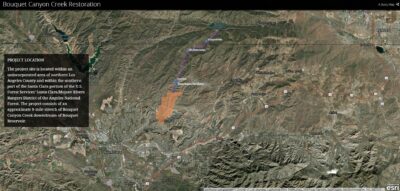By Katabella Roberts
Contributing Writer
A SpaceX Starship rocket exploded into a fireball during testing at a Starbase facility in southern Texas on Wednesday while on a stand preparing for its 10th flight, the Elon Musk-led company said in a statement on the social platform X.
SpaceX said Starship experienced a “major anomaly,” while on the test stand.
“A safety clear area around the site was maintained throughout the operation and all personnel are safe and accounted for,” the company said. “Our Starbase team is actively working to safe the test site and the immediate surrounding area in conjunction with local officials.”
SpaceX asked that people avoid the area while safety operations continue and said the incident did not pose any hazards to residents in surrounding communities.
The Federal Aviation Administration has not commented on the explosion, the cause of which remains unknown.
Footage of the incident was captured by the private aerospace news organization NASASpaceflight.com. It showed the rocket in a stationary position on the test stand before the camera screen suddenly turned white.
Seconds later, a large blaze sent giant clouds of smoke billowing into the air.
Other footage from NASASpaceflight.com appeared to show multiple fire engines racing to the scene.
The Cameron County Constable Precinct 1 said in a social media post that the “catastrophic failure” occurred during “a routine static fire test” on Ship 36.
“Emergency protocols were quickly enacted, and an investigation is now underway to determine the cause of the incident,” it said.
Musk, who also owns electric vehicle maker Tesla, has not yet commented on the explosion.
Musk’s Starship is designed to carry both crew and cargo to Earth orbit, the moon, Mars, and beyond.
According to SpaceX’s official website, the Starship is “the world’s most powerful launch vehicle ever developed,” and “capable of carrying up to 150 metric tons fully reusable and 250 metric tons expendable.”
The rocket consists of two elements: a first-stage booster called Super Heavy, powered by 33 Raptor engines using subcooled liquid methane and liquid oxygen, and a 171-foot-tall (52-meter) second-stage spacecraft known as Starship.
Both elements are designed to be fully reusable.
SpaceX’s seventh Starship rocket broke up just minutes after launching in February.
The ninth test in May also fell short of the company’s main objectives when the spacecraft tumbled out of control and broke apart, leaving debris in the Indian Ocean.
SpaceX later confirmed that the spacecraft experienced “a rapid unscheduled disassembly,” or burst apart.
“Teams will continue to review data and work toward our next flight test,” the company said in a statement at the time.








